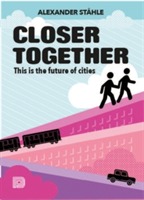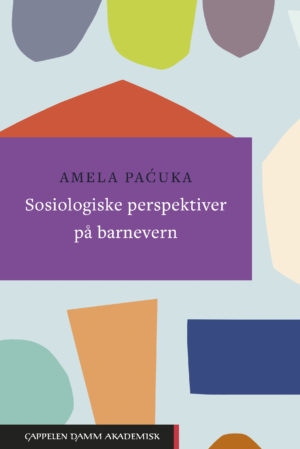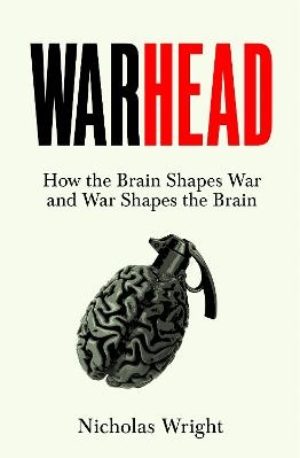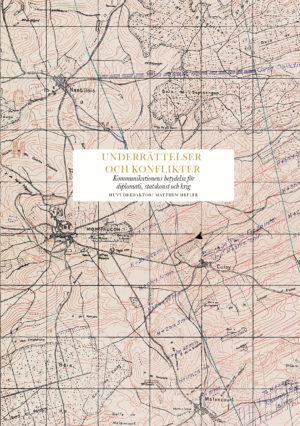Cities are growing faster than ever before, but why? Because they foster proximity. Nearness to work, friends and culture has always been a driving force in urban development, from the first cities in which people walked everywhere to today s car-powered cities with their scattered suburbs, highways and narrow pavements. Many scholars, politicians and civic groups are beginning to question the way cities are adapted to car traffic as it causes distance rather than proximity. As a result, a radical urban transformation has begun. What will the cities of the future look like? How will we live our lives and how will new technologies self-driving cars for example and new city planning ideals affect urban development? What would happen in the event of a major fuel shortage or climate change? Closer Together presents a unique future study and trend analysis developed by 400 experts and scholars. Three potential scenarios selected by 5,000 people through their vote in the media are presented via text and images. The result of their vote is as clear as the emerging trend: cities will have to change. They will need to be more condensed and user-friendly for pedestrians and people who travel by bike. Alexander Ståhle s book Closer Together explains the political and economic forces and the subcultures that drive change in terms of urban environment and transport, as well as the way cities need to transform in order to bring people closer together and, not least, the way it will bring about greater equality and prosperity. Alexander Ståhle is a city researcher at the Royal Institute of Technology, Stockholm, and CEO of the research facility Spacescape, which works with urban development in Stockholm, New York, Oslo, and Kiruna. He is a popular speaker on urban planning around the world, and frequently contributes to media opinion pages and specialized publications. Alexander lives in central Stockholm with two children and no car.







